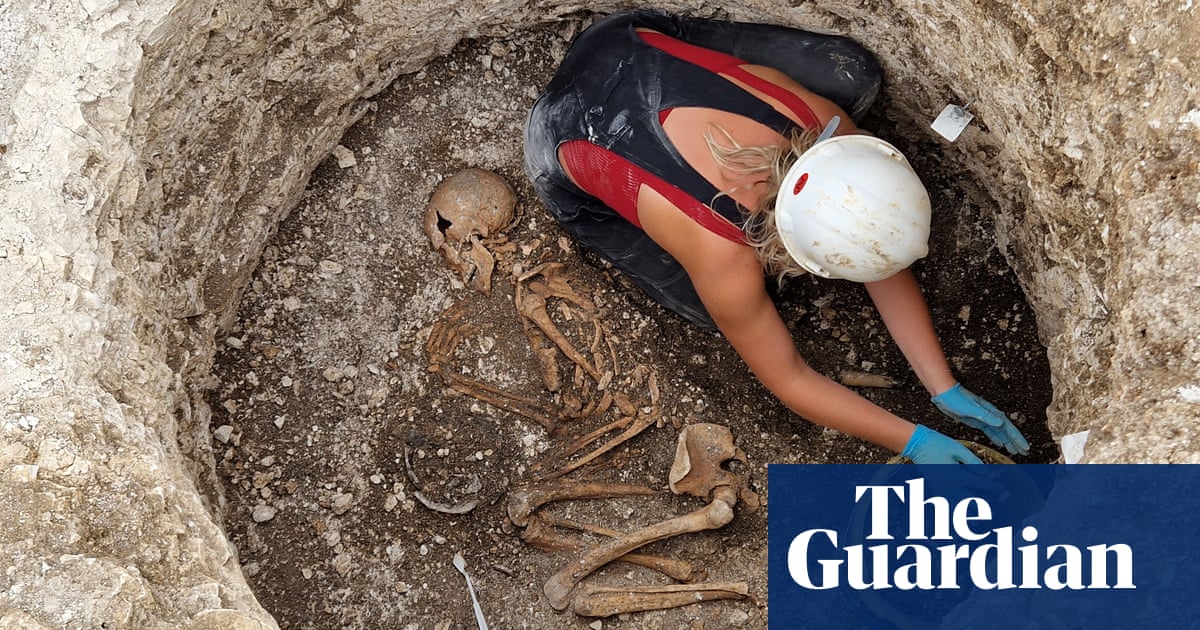Makes sense if single males are more solitary. Once you find a squad you post up
Oh man. Is this alpha male theory 101?
What? No? The way I understand the comment at least, it’s suggesting that males are more socially solitary. There’s plenty of evidence suggesting that women, from a biological perspective, are more heavily tuned towards socialising (e.g. are more adept at giving and recognising subtle social cues, and maintaining larger social networks).
If that is the case, it makes sense that the men, who likely maintained smaller social networks within whatever group (family, tribe, etc.) they came from, would leave that group and integrate with the women group, rather than opposite.
Hell, some modern age men do this too.
My bf is an Iron Man!
Just passed around like cattle eh?
deleted by creator
Ok buddy
Like… all of them? What is this headline trying to imply?
It barely implies anything except “men” meaning at least two.
If only they started the headline with “Some” and removed all ambiguity
It shouldn’t say “Some”, it should say “British” because if you read the article this seems to be a trend across British iron age communities.
But Britishers weren’t around back then, time travellers notwithstanding, because the land wasn’t Britain yet. Furthermore, using “British” in place of “Some” would mitigate the problem but not solve it- owing to that the implication is that the set of Iron Age men were not homogenous. Reducing them to a subset, regardless of the name, still implies that the subset, now, is homogenous. No homo.
So not trying to argue, just have a genuine conversation. Talking from an American perspective, British implies the British Isles (place) to me and not the people (who I honestly have no idea when they lived or currently live there??). I’m not familiar with any other name for the isles (again speaking as an American).
Also, I think (or hope) that most people would understand and any research into the Iron Age is only showing a survival bias that may not indicate the whole population in an area. However, I think it’s fair to state that if you see a trend across multiple sites in roughly the same time period, it indicates a larger cultural practice in that area because we are only seeing a small amount of surving evidence. For this reason, I think “some” is too broad.




